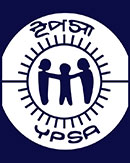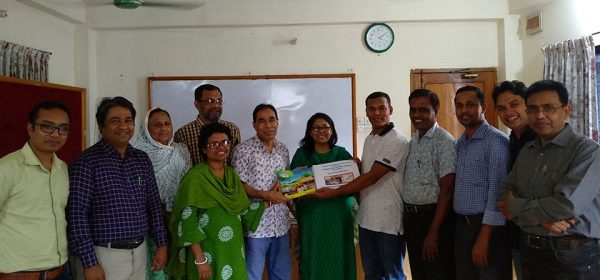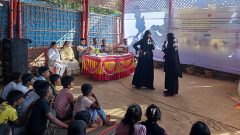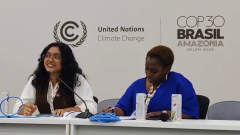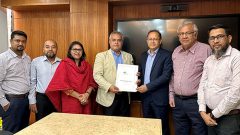YPSA launch a publication titled “PWR- Participatory Wealth Ranking of the People of Panchari Upazila under Khagrachari Hill District” under the project Strengthening Health Outcomes for Women and Children (SHOW). The publication was opened on 13 October 2018 during the Coordination Meeting of Social Development Division of YPSA, held at YPSA-HRDC, Chattogram Campus.
Copies of PWR report and a manual for the male groups under SHOW project in Bangladesh which is called ‘Father’s Club Manual’ were handover to Md. Mahabubur Rahman, Director (SD), YPSA; Nasim Banu Shyamali, Deputy Director (SD), YPSA and Social Development team at the meeting.
Md. Habibur Rahman, Technical Officer of YPSA-SHOW project has contributed in developing the Father’s Club Manual.
Background of PWR in Panchari
Participatory Wealth Ranking (PWR) is a participatory approach to learn about the socio-economic differences/ status and vulnerability of the households in the community from the perspective of the community themselves. PWR provides an understanding about indigenous criteria of wealth.
YPSA is implementing ‘Strengthening Health Outcomes for Women and Children’ (SHOW) Project in Panchari Upazila under Khagrachari Hill Tract. This project is funded by Global Affairs, Canada with the technical support of Plan International, Bangladesh.
SHOW project in Panchari has a specific background. Panchari is a hard to reach hilly area. YPSA-SHOW Project is based on Adapted Rapid Start-up Model in the hard to reach CHT area which is implementing in a gender transformative approach. It is known that poor health status of the women and children have serious impact on the political economy and socio-cultural development any society. The main goal of the project is ‘contribute to the reduction of maternal and child mortality in targeted regions.’ To improve the health status of the women and children in Panchari, YPSA-SHOW Project want to ensure – easy access to quality health services; increase number of health workers; immunization program and community mobilization; strengthening health services delivery; improvement in the use of family planning; regular awareness building program; enhancement of local health service provider’s referral knowledge and capacity to delivery basic care; maternal and child health care during emergencies and disasters; capacity building for birth attendants; facilitation of antenatal and postnatal care by medically trained providers; nutrition programs etc.
The target beneficiaries of the SHOW Project are women of child bearing age (WCBA; aged between 20-49 years), adolescent girls (15-19 years), newborns & children under 5 living in poverty, with high vulnerability.
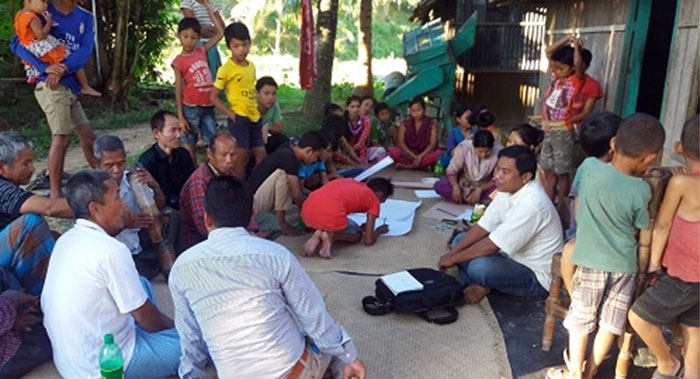
Objective of PWR in Panchari
The main objective of PWR in SHOW project in Panchari was to identify the socio-economic differences/ status and vulnerability of the households in the community from the perspective of the community themselves. Again, PWR identify the present transportation system (road and communication) and access to the health facilities by the community people and visualize the resources, households in the community through social maps. Some specific objectives of PWR SHOW project in Panchari can be mentioned as below-
- Provide safety net support for referral poor patient (among the target beneficiaries)
- Identify the socio-economic differences/status and vulnerability of the households in the community
- Develop referral system and increase access to the health facilities
Finally, PWR in Panchari is helping to design and achieve the target activities under the project in a successful way toward the reduction of maternal and child mortality in Panchari area.
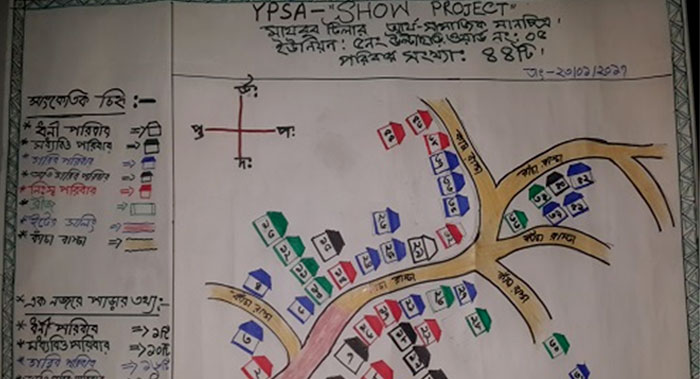
Number of Union and Community Covered by PWR Process
Total 5 unions of Panchari Upazila were covered by PWR process. The unions are Logang, Chengi, Panchari Sadar, Latiban and Ultachari. The major community has covered by PWR process are Chakma, Marma, Tripura, Muslim (Bengali), Hindu (Bengali), Santal, Barua etc. from 270 villages/paras. Total 276 sessions held and total 14,954 households were covered under PWR process started in 12 November 2016 and ended in 25 January 2017. These sessions were organized and planned as per cluster which depend on village/para area and households.
Number of Households in Various Socioeconomic Categories (A, B, C, D, E)
Through PWR sessions various socio-economic categories were identified which can be summarized as below –
| Category of Households | Total Households |
| A (Rich) | 1339 |
| B (Middle Income) | 4119 |
| C (Poor) | 4651 |
| D (Very Poor) | 3483 |
| E (Marginalized or most vulnerable) | 1362 |
| Total | 14,954 |
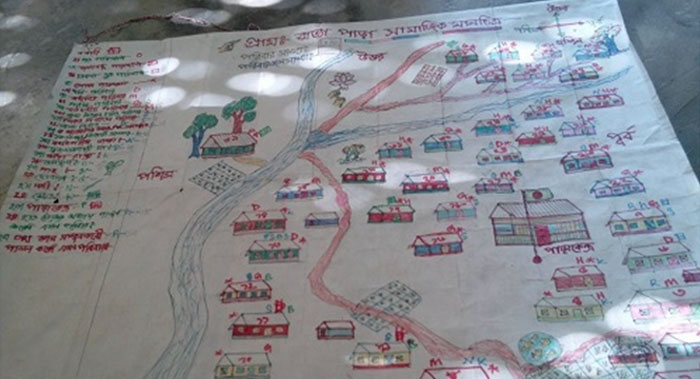
Importance of PWR in Panchari
Panchari is a remote hard to reach hilly area. Basic and essential health services are very rare in this area. There is only two Union Health & Family Welfare Center, five Community Clinics and one Upazila Health Complex for health services of the large population of this area which is very insufficient as per need. To ensure the reduction of maternal and child mortality in this area YPSA-SHOW project want to increase dissemination and use of data to avail information among the stakeholders and to create accountability.
This database is now available at the UH&FWC, Community Clinic, Upazila Health Complex, Union Parishad, community based organization and other places for evidence based safety-net support and ambulance support to the target people (especially, E and D category people).
PWR Process in Panchari
Considering the importance of PWR, first of all, three training sessions were conducted on PWR involving the project staff as participants. After successful training sessions a detail PWR session plan at community level for Panchari Upazila was developed involving CHWs and local elected bodies. With the concern of YPSA-SHOW project focal point Md. Mahabubur Rahman, Director Social Development of YPSA, Mr. Habibur Rahman Technical Officer coordinated the process. At the community level female Community Health Workers (F-CHWs) conducted PWR session as facilitators. The PWR sessions were directly monitored by the Field Coordinators from the five unions in their respective areas. Through the active participation of the children who were aged between 8-18 years of the community involved to give information as participants and community people including local elected bodies, karbari, headman, school teacher, religious leader, local elite persons involved as evaluator for validation of information of PWR. Children were selected from different corner of the village/para who knows the village/para. They select the wealth ranking indicators through participatory way in the sheet of paper. After that they developed social mapto identify the relative location of different households and paras in a community, to record land and other asset holdings, to indicate the different services available, and to identify different social or kinship groups. It helps us to visualize the resources, households in the community and helps to identify socioeconomic differences/status and vulnerability of the households in the community from the perspective of the community themselves.
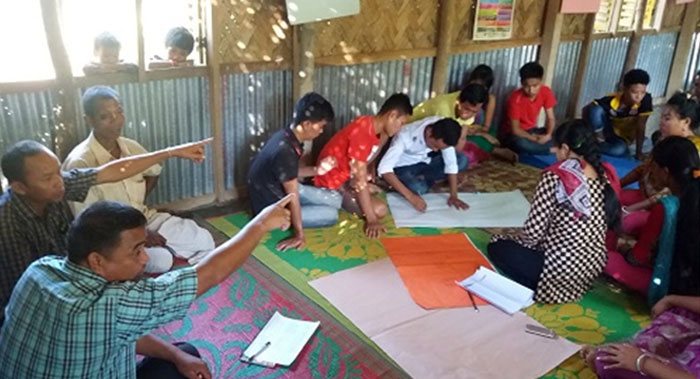
Outcome of PWR
Through PWR it is identified that there are total 1,362 households categorize as E (extreme poor/ most vulnerable) and 3,483 households categorized as very poor. These households are the direct beneficiaries of the project. For example, they will be selected for safety net support for referral poor patient.However, there is total, 4,651 households as poor, 4,119 households as middle income and only 1,339 households characterized as wealthy. Through the PWR session present transportation system (road and transportation) and access to the health facilities by the community people and visualize the resources, social important structures, households in the community also identified in the social maps.
